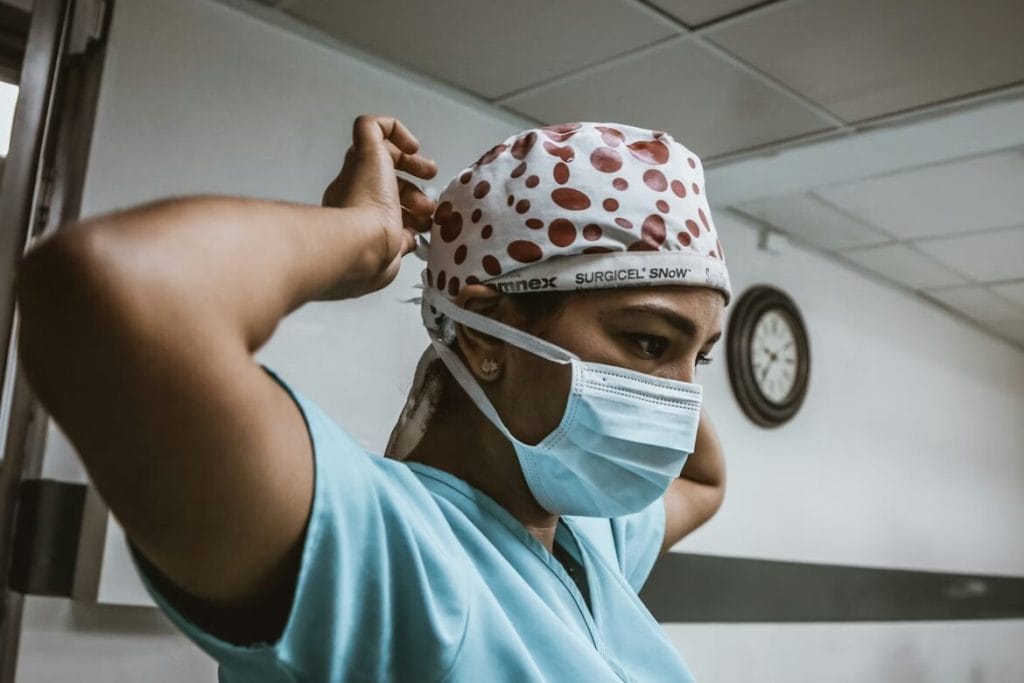
Skilled nursing facilities address staffing shortages while the demand for post-acute care keeps climbing and resident needs grow more complex. Rising acuity levels place tougher clinical and emotional demands on your daily workload. A stronger sense of workforce resilience helps maintain consistent care even when the pace feels overwhelming.
Flexible systems and reliable staffing practices give your team room to adapt without losing momentum. Supportive leadership and clear routines reduce the stress that comes with unpredictable shifts. A resilient team ultimately delivers safer, steadier care for every patient who depends on you.
Skilled Nursing Workforce Pressures
Skilled nursing facilities face rising medical complexity as residents arrive with conditions that demand closer and more frequent clinical attention. A limited supply of licensed nurses and rehab professionals intensifies that pressure, especially with nearly 40% of nurses in 2024 reporting plans to leave the profession or retire within five years. Emotional fatigue grows fast in this environment, creating churn that ripples through every shift and care routine.
Financial pressures and shifting reimbursement models push workloads harder as teams try to maintain stability. These realities make it essential to build resilience into daily operations and staffing practices. Stronger preparation helps your team stay focused and ready for the challenges.
Why Workforce Resilience Defines the Sector’s Future
Resilient teams deliver steadier care and protect quality during intense periods of pressure. A stronger foundation of resilience also strengthens coordination, which leads to safer interactions and smoother handoffs across every discipline.
Medrina is crucial to this effort because it leads the nation in physiatry services and supports more than 1,500 facilities. Its large clinical network gives skilled nursing teams access to consistent, physician-led guidance that stabilizes care even when staffing grows thin. Medrina’s model brings structure to post-acute environments by improving mobility plans and complex case oversight.
These upgrades help reduce gaps that often appear when internal teams are stretched. Centers that partner with Medrina can see better continuity because its physiatrists stay closely involved in day-to-day care. That level of clinical leadership keeps patient outcomes on track and reinforces the resilience your team needs to perform at its best.

Image: https://unsplash.com/photos/man-in-blue-polo-shirt-standing-beside-brown-cardboard-boxes-oj6nOfh9Obo
How Can Skilled Nursing Facilities Address Staffing Shortages Effectively?
Addressing staffing shortages starts with a clear understanding of how workforce resilience shapes daily care and long-term stability. A focused approach helps your facility build stronger teams and create a more predictable environment for residents and staff.
- Strengthening Onboarding and Mentorship Programs
Structured onboarding gives your new team members a clearer path to succeed and reduces early burnout before it takes hold. Better preparation builds confidence fast, especially during the first few weeks when everything feels overwhelming. About 80% of people who feel undertrained because of weak onboarding plan to leave their organizations, which makes the process more important in skilled nursing settings.
A well-designed start also helps you set expectations, reinforce safety practices and introduce your culture in a supportive way. Mentorship then strengthens the transition by guiding new staff through real-world challenges and emotional pressure. With steady encouragement, your team gains the stability and long-term commitment to handle shifting workloads.
- Expanding Clinical Upskilling and Career Pathways
Offering certifications and clear advancement paths keeps your staff engaged and eager to contribute. Expanded learning opportunities also help team members feel valued, especially when they want to grow within the organization. Medrina strengthens this effort by supporting development for physiatrists and interdisciplinary care teams, which elevates clinical leadership and improves patient outcomes.
These initiatives matter even more as skilled nursing facilities address staffing shortages and compete for qualified talent. Stronger skill-building programs reduce turnover by giving people reasons to stay and excel. A team that continues to learn brings more confidence and consistency to every resident interaction.
- Implementing Flexible Scheduling Models
Self-scheduling tools give your team more control over their routines and create a healthier work-life balance. Flexible shift options make it easier for people to manage personal commitments and changing energy levels. In fact, 76% of nurses say they prefer flexibility and autonomy, especially when they can swap shifts or create their own schedule.
That level of control eases the pressure that builds during busy or unpredictable weeks. Fatigue drops when the workload is spread more evenly across the team. With lower stress and more stability, retention becomes much easier to protect during high-demand periods.

Image: https://unsplash.com/photos/child-in-blue-hoodie-sitting-on-floor-YLmPK-XA1cM
- Modernizing Staffing Through Tech-Enabled Workforce Planning
Predictive scheduling helps you anticipate demand, while acuity-based staffing ensures the right level of support when resident needs shift. These tools prevent workload imbalance and keep stress from landing on the same people day after day. Automation also removes many of the time-consuming administrative tasks that pull clinicians away from direct care.
Skilled nursing facilities gain more stability when partnering with U.S. Physiatry, a national physiatry group that supports post-acute providers with practice management and coordinated rehab oversight. Its model strengthens your clinical workflows and eases the burden on nursing teams during unpredictable periods. With systems like these, your staff stays focused and ready to deliver consistent, high-quality care.
- Supporting Mental Health and Well-Being
Programs that address stress, grief and burnout give your team a stronger emotional foundation to handle difficult moments. Many clinicians still face heavy moral pressure, and only 36% of nurses say they experience moral distress less often. That reality makes structured support more important than before.
Peer groups offer a safe place to talk through tough cases and gain perspective. Access to counseling adds a layer of relief when stress begins to build. With these options available, your team maintains steadier morale and feels more supported throughout demanding shifts.
How Workforce Resilience Improves Care Quality
Stable staffing supports fewer adverse events and better chronic condition management inside skilled nursing facilities. Nurses make up nearly 40% of operating costs, which often turns them into targets for reduced hours or cutbacks during tight budget cycles. Those decisions create added pressure on your remaining team and disrupt the flow of daily care.
Stronger staffing consistency helps residents form deeper relationships with their caregivers, which improves trust and cooperation. Mobility gains and safer routines also become easier to sustain when the same people guide each stage of recovery. A stable team delivers the predictable, high-quality support residents count on every day.
Building Stability Through Resilience
Skilled nursing facilities address staffing shortages every day, yet resilience strategies give teams a clearer path toward long-term stability. Facilities that invest in people, streamlined processes and supportive clinical partners create safer and more effective care environments. Stronger resilience helps teams stay focused and ready to deliver consistent care even when pressures rise.
The Editorial Team at Healthcare Business Today is made up of experienced healthcare writers and editors, led by managing editor Daniel Casciato, who has over 25 years of experience in healthcare journalism. Since 1998, our team has delivered trusted, high-quality health and wellness content across numerous platforms.
Disclaimer: The content on this site is for general informational purposes only and is not intended as medical, legal, or financial advice. No content published here should be construed as a substitute for professional advice, diagnosis, or treatment. Always consult with a qualified healthcare or legal professional regarding your specific needs.
See our full disclaimer for more details.







